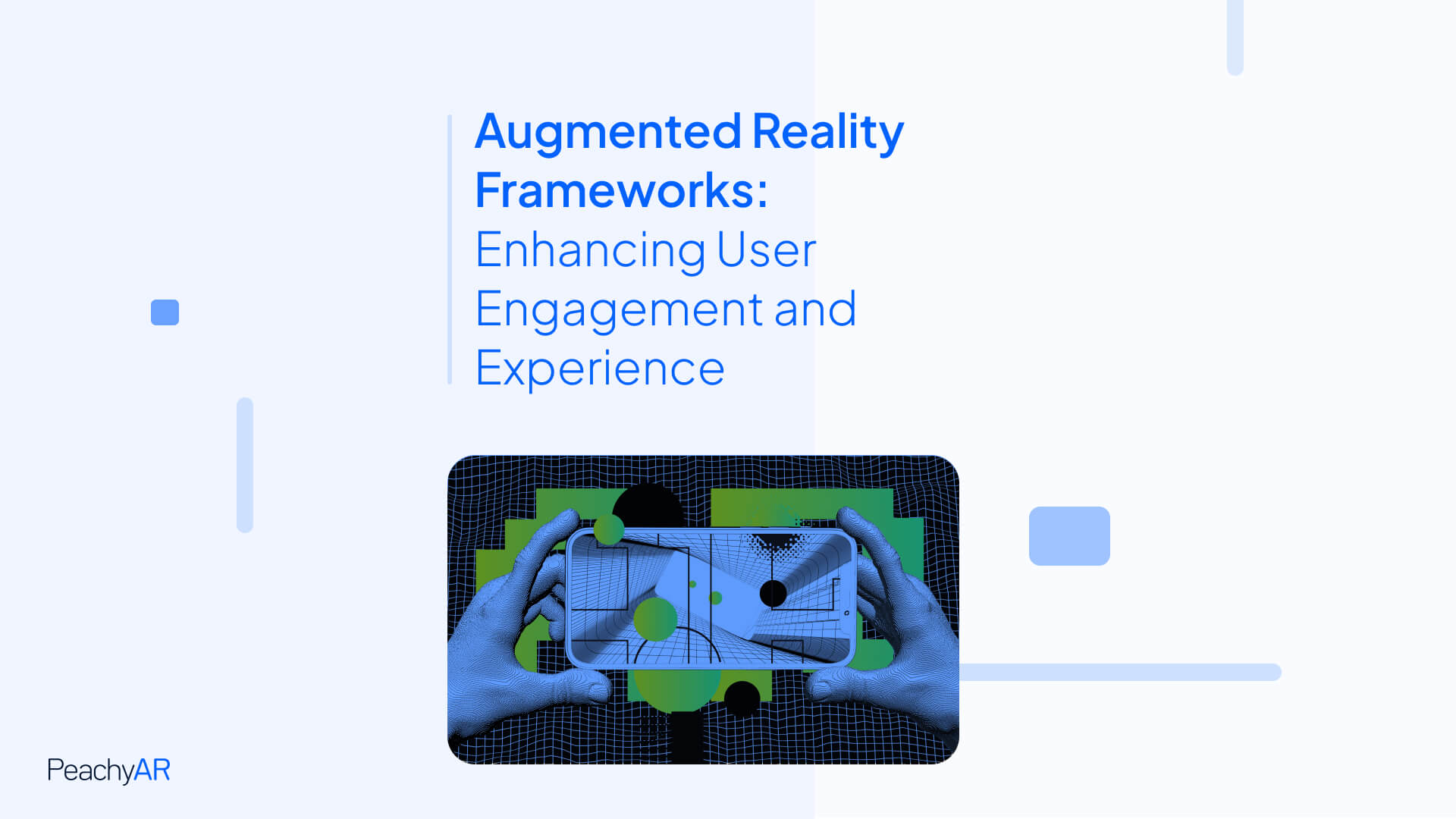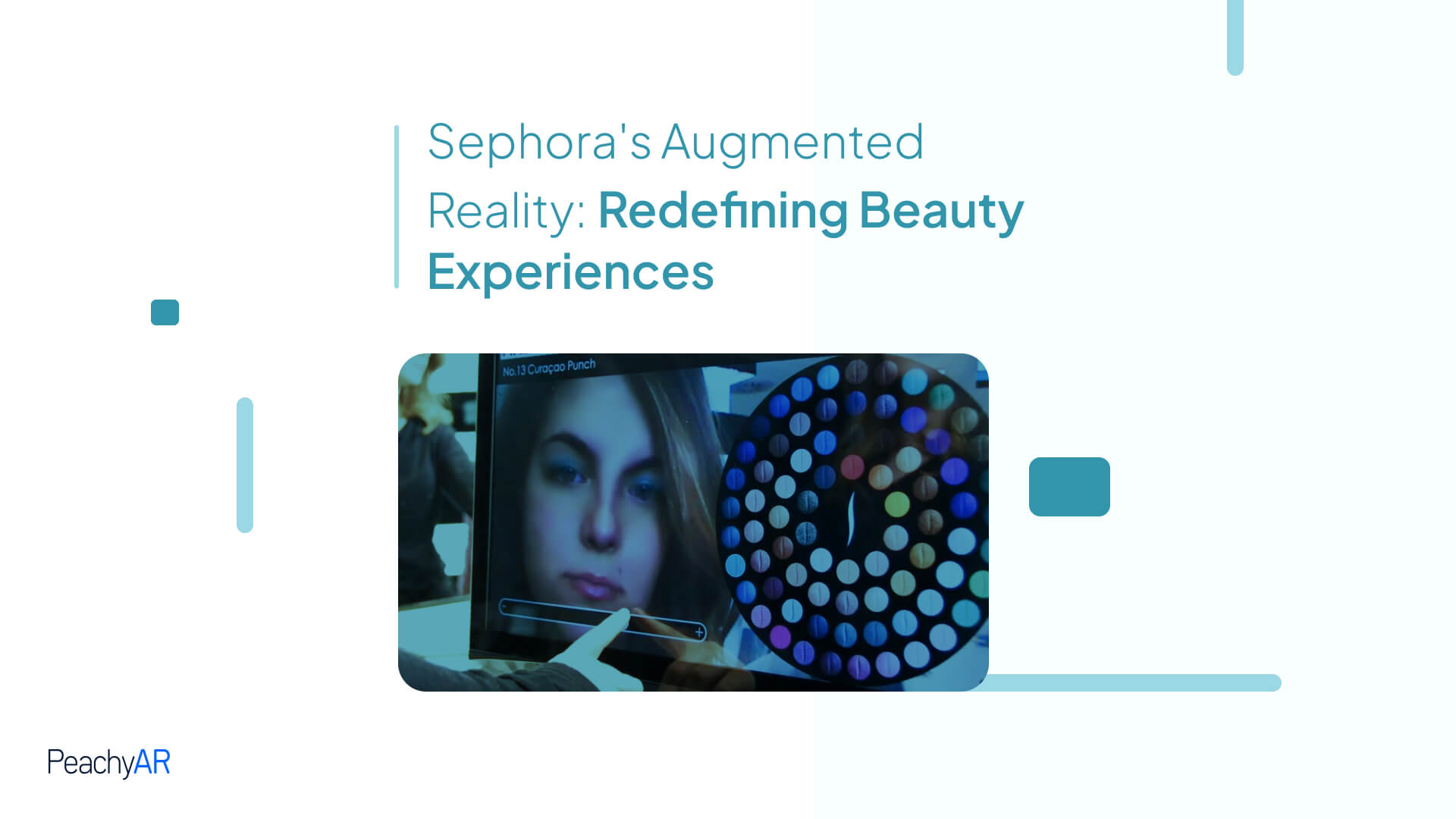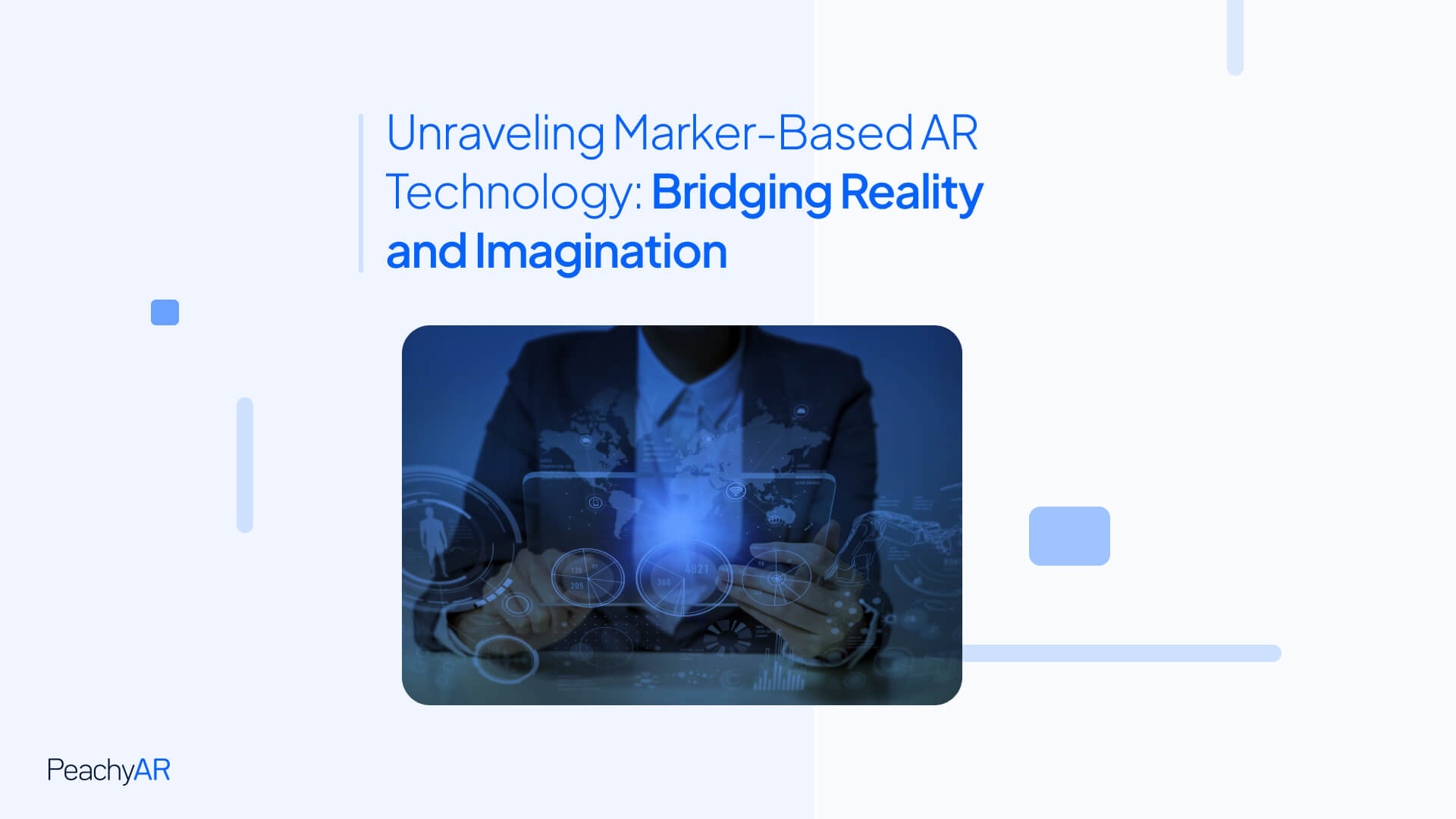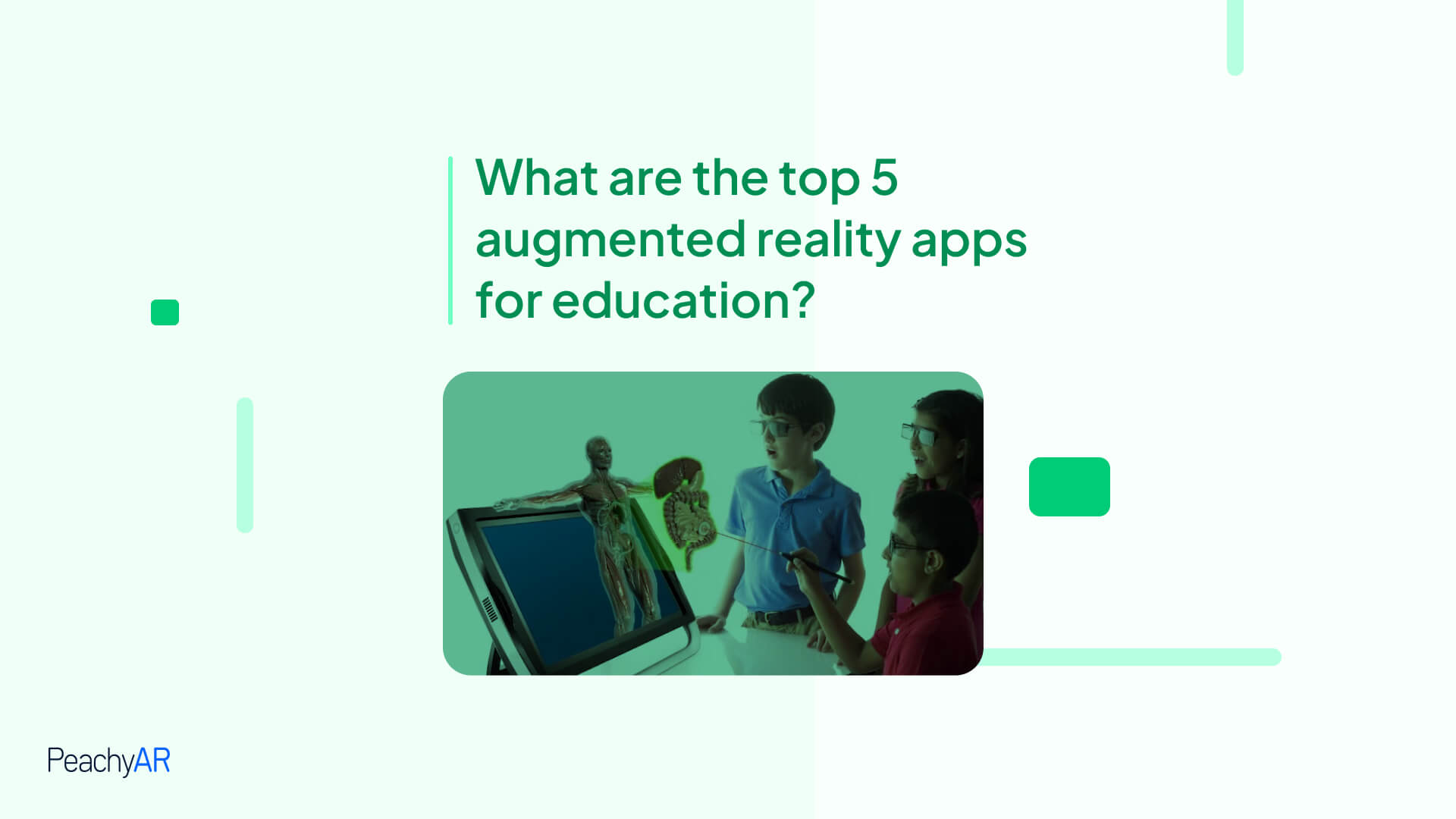Before discussing the Augmented Reality framework, you should know what AR is. Augmented Reality (AR) is a brand-new, evolving technology that has the power to alter how we interact with the world around us. By overlaying digital content on the physical environment, augmented reality (AR) technology enables the creation of immersive and interactive experiences that combine the real and virtual worlds. AR is being used in various fields, from gaming and entertainment to education and industry, and it’s easy to understand why. If you want more data about AR, read this Article.
The list of 8 Augmented Reality Frameworks:
- Kudan
- ARKit
- ARCore
- Vuforia
- Unity AR Foundation
- Wikitude (Wikitude GmbH)
- EasyAR (EasyAR)
- ZapWorks
Imagine seeing digital information overlaid on the physical world around you – explore a museum exhibit with interactive graphics popping up before your eyes or try on clothes without ever leaving your living room. This is the power of augmented reality, and it’s transforming the way we engage with technology. AR technology has advanced rapidly in recent years, with new frameworks emerging to help developers create more immersive and engaging AR experiences than ever before.
In recent years, augmented reality frameworks have become increasingly popular, and for a good reason: they offer a powerful way to enhance user engagement and experience in a wide range of applications, from mobile gaming to e-commerce. In this post, we’ll explore the world of augmented reality frameworks and explore how they enhance user engagement and experience.
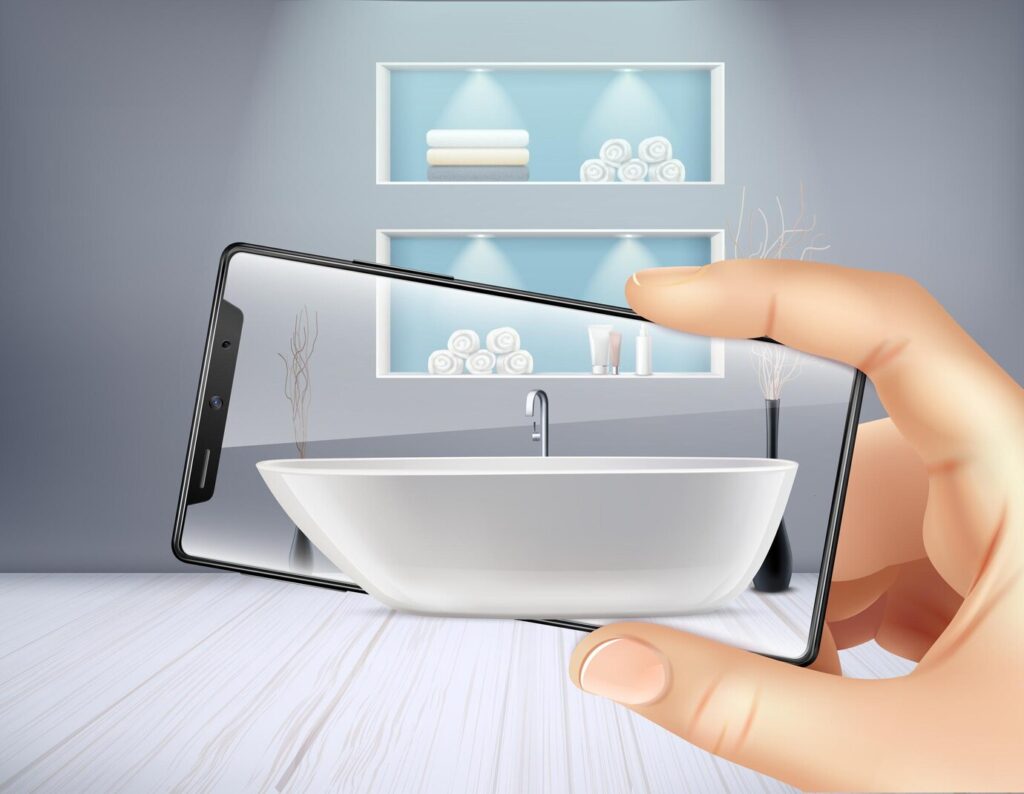
Top Augmented Reality Frameworks and Their Features
Augmented Reality frameworks (AR Framework) are software development tools that provide developers with the necessary resources to build AR applications. They enable the creation of immersive and interactive AR experiences by offering features such as motion tracking, plane detection, object recognition, and more. In the following, we will introduce some important AR frameworks:
Kudan
Kudan AR specializes in augmented reality (AR) technology and solutions. Also, Kudan provides sensory functions to the machines’ brains. Kudan AR is known for its AR software development kit (SDK) and computer vision technology that helps unlock significant opportunities in emerging markets such as autonomous vehicles, robotics, drones, AR/VR, and smart cities. Here are some key points about Kudan AR:
- AR Software Development Kits (SDKs)
- Computer Vision Technology
- Markerless Tracking
- Platform Compatibility
ARKit
ARKit is a powerful Augmented Reality framework developed by Apple that enables developers to create immersive AR experiences for iOS devices. It provides advanced features like motion tracking, which allows AR experiences to remain anchored in the real world even as the user moves around, and environmental understanding, which enables the device to detect surfaces, objects, and lighting conditions in the real world.
ARKit also offers plane detection, which enables developers to place virtual objects on real-world surfaces, as well as image recognition and tracking, which allows the device to recognize and track images in the real world and integrate them with AR experiences. ARKit is also integrated with SceneKit and Metal, two powerful graphics frameworks for iOS, which enables developers to create complex 3D models, animations, and visual effects for AR experiences.
ARCore
ARCore is an Augmented Reality framework developed by Google for Android devices. It offers features like motion tracking, environmental understanding, and light estimation, similar to ARKit. ARCore also provides APIs to integrate virtual objects with the real world, including placing virtual objects on real-world surfaces. ARCore also offers features like cloud anchors, which allow developers to create multiplayer AR experiences that can be shared across devices and locations, and augmented images, which enable AR experiences to be triggered by real-world images.
Vuforia
Vuforia is an AR platform developed by PTC that offers object recognition and tracking, image recognition, and virtual buttons. It is widely used in industries like gaming, retail, and education. Vuforia offers advanced features like Model Targets, which allows developers to create AR experiences that recognize and track 3D objects in the real world. Vuforia Fusion enables AR experiences to be created across multiple devices and platforms, including ARKit and ARCore.
Vuforia also provides tools to create AR experiences with marker-based tracking, where AR experiences are triggered by printed markers or images, and markerless tracking enables AR experiences to be anchored in the real world without needing markers.
Unity AR Foundation
Unity AR Foundation is an AR framework developed by Unity Technologies that supports ARKit and ARCore, along with other AR platforms like Vuforia. Unity AR Foundation provides developers with tools to build AR applications with 3D models, animations, and real-time interactions.
It also provides features like plane detection, image recognition and tracking, and spatial mapping, which enables the device to create a 3D map of the real world and integrate it with AR experiences. Unity AR Foundation also supports cloud anchors, enabling AR experiences to be shared across multiple devices and locations and providing tools to create AR experiences accessible to users with disabilities.
Wikitude (Wikitude GmbH)
Wikitude is an AR platform that offers features like image recognition, object tracking, and geo-location. It also provides tools to create AR experiences for both mobile and wearable devices. Wikitude offers advanced features like instant tracking, which enables AR experiences to be anchored in the real world without the need for markers or images, and marker-based tracking, which enables AR experiences to be triggered by printed markers or images.
Wikitude also provides tools to create AR experiences that are integrated with social media and location-based services, as well as features like cloud recognition, which allows AR experiences to recognize and track real-world objects across multiple devices and locations.
EasyAR (EasyAR)
EasyAR is an AR platform that offers features like image recognition, object tracking, and facial recognition. It provides an SDK for both Android and iOS platforms. EasyAR offers features like cloud recognition, which allows AR experiences to recognize and track real-world objects across multiple devices and locations, and image tracking, which enables AR experiences to be triggered by printed markers or images. It also provides features like multi-target tracking, which allows AR experiences to track multiple objects simultaneously.
EasyAR also supports Unity and Unreal engines, enabling developers to create AR experiences with 3D models, animations, and real-time interactions. It also provides tools to create AR experiences with facial tracking, which enables AR experiences to respond to users’ facial expressions and movements.
ZapWorks
ZapWorks which is a platform for creating augmented reality (AR) and mixed reality (MR) experiences. ZapWorks is developed by Zappar, a company specializing in AR technology and solutions. ZapWorks has been used in various industries, including marketing and advertising, education, gaming, retail, and more. It allows businesses and organizations to create engaging and immersive AR experiences for their target audiences. Here is some information about the ZapWorks Augmented reality framework:
- AR and MR Development
- ZapWorks Studio
- WebAR and AppAR
- Tracking and Recognition
- Deployment and Integration
Conclusion
In conclusion, we can say that Augmented reality frameworks have become a game-changer in the mobile app industry and offer a powerful way to enhance user engagement and experience in a wide range of applications. Augmented reality is easy to understand, with different types of frameworks offering benefits to various industries like architecture, e-commerce, healthcare, and entertainment. High-performing AR applications create emotional bonds with customers through real-time information, interactive advertising, and product demos.
The advancements in newer technologies and the metaverse becoming a reality increase the potential for AR-related technologies. With the availability of better cameras, creating immersive and entertaining experiences is vital to harnessing AR’s strategic benefits. So, you can explore your creativity with amazing AR frameworks.

